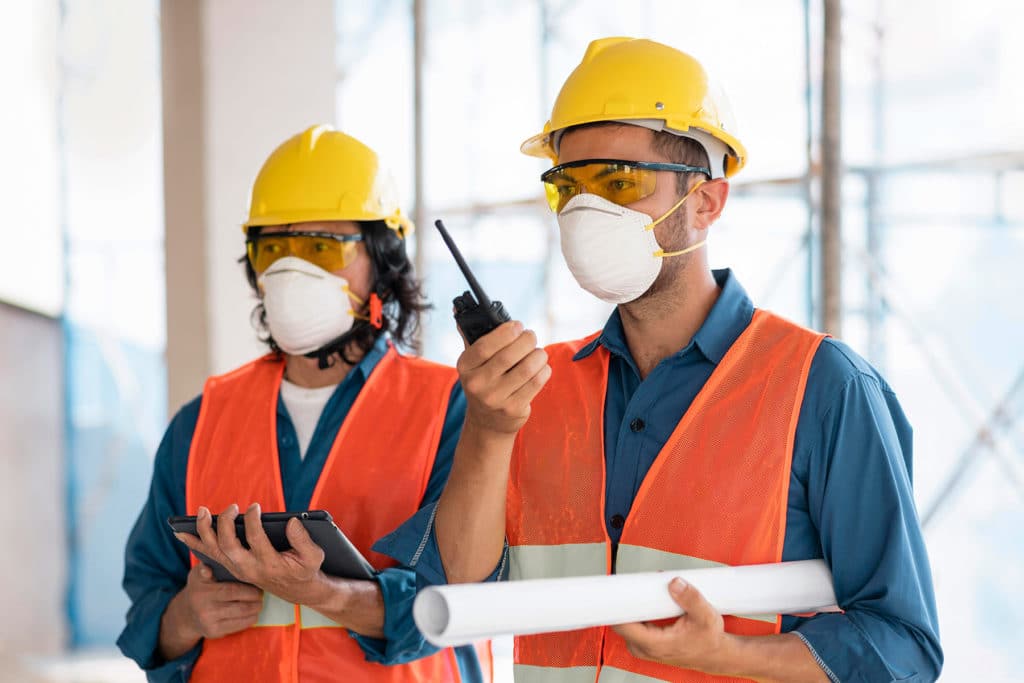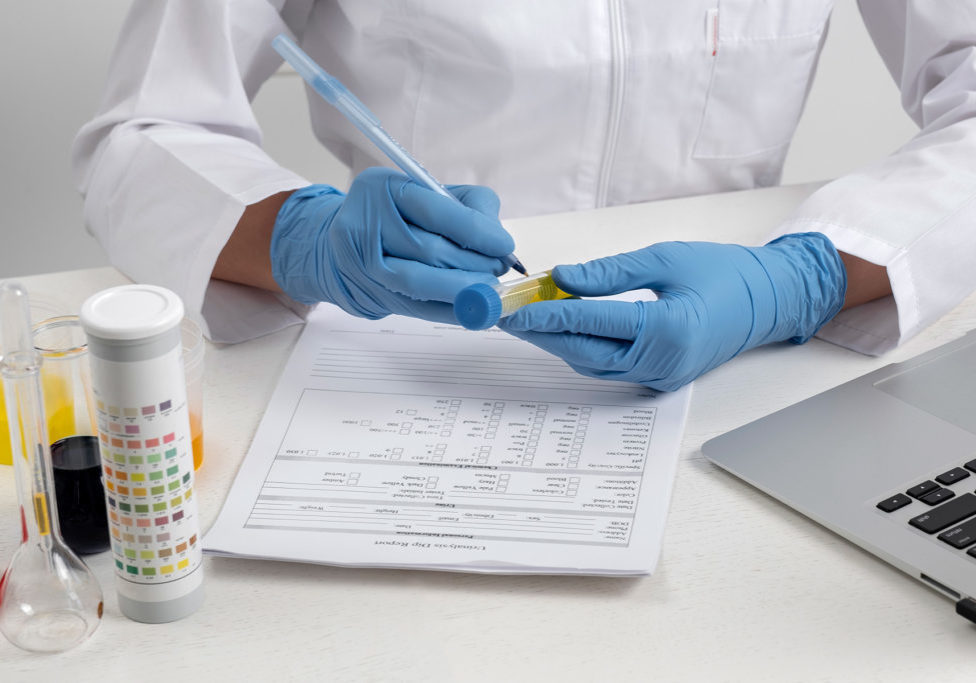Welcome to our comprehensive guide on how to reduce safety incidents in the workplace. This guide is designed to help you improve safety in your facility and protect your employees from harm.
As an employer, it is your responsibility to ensure that your employees are safe while on the job. Workplace safety is critical to the success of your business, and it can impact your bottom line in many ways. With our guide, you’ll learn how to reduce safety incidents and promote a culture of safety in your facility.
Our guide covers a range of topics, including:
- Conducting a safety audit of your facility
- Identifying and mitigating potential hazards
- Providing comprehensive safety training for your employees
- Establishing safety protocols and procedures
- Encouraging employee participation in safety initiatives
- Promoting a culture of safety within your organization
- Identifying and addressing safety concerns promptly
- Maintaining proper safety equipment and tools
- Conducting regular safety meetings and evaluations
- Continuously improving and adapting your safety program
Each section of the guide is packed with actionable insights and practical tips that you can implement right away. We’ve also included real-world examples and case studies to help you see how other businesses have successfully reduced safety incidents and created a safer work environment.
By reading our guide, you’ll gain a deep understanding of workplace safety and how to prevent incidents from occurring. With a comprehensive safety program in place, you can protect your employees, reduce the risk of accidents and injuries, and create a safer and more productive workplace.
We’re confident that our guide will provide you with the tools and knowledge you need to reduce safety incidents and create a culture of safety in your facility.

10 things you can do to reduce safety problems in your Sr. Living Facility
1. Conduct a thorough workplace safety assessment
- Identify potential hazards and risks in the workplace and prioritize them based on severity
- Use the assessment to develop a safety plan that addresses each identified hazard
2. Train employees on workplace safety
- Provide mandatory training on safety practices and procedures, including the proper use of equipment and tools, and emergency protocols
- Conduct regular safety meetings to reinforce the importance of safety and address any new hazards or concerns
3. Implement safety protocols and procedures
- Establish clear guidelines and protocols for reporting safety incidents and hazards to management
- Develop and implement a hazard communication program to ensure employees understand the risks associated with their job tasks and the chemicals they may come in contact with
4. Provide personal protective equipment (PPE)
- Ensure that employees have access to and are trained on the proper use of PPE that is appropriate for their job tasks and the identified hazards
- Monitor and enforce PPE use to ensure compliance
5. Regularly maintain and inspect equipment and facilities
- Develop and implement a regular maintenance and inspection schedule for equipment and facilities to identify and address potential hazards before they become incidents
- Ensure that employees are trained on the proper use and maintenance of equipment and facilities
6. Foster a culture of safety
- Establish a workplace safety committee that includes employees from all levels of the organization to provide input and feedback on safety practices and procedures
- Recognize and reward employees who demonstrate a commitment to safety and report hazards or incidents
7. Provide support and resources for employees
- Offer resources for employees who may be experiencing stress or mental health issues that could impact their ability to work safely
- Encourage employees to report concerns and address them promptly to prevent potential incidents
8. Continuously review and improve safety practices
- Regularly evaluate the effectiveness of safety practices and procedures to identify areas for improvement
- Use incident data to develop and implement changes to safety protocols and procedures
9. Develop an emergency response plan
- Develop and implement an emergency response plan that outlines clear procedures and responsibilities in the event of an incident or emergency
- Provide regular training on the emergency response plan to ensure all employees are prepared to respond appropriately in an emergency
10. Hold leadership accountable
- Ensure that management is actively engaged in and committed to workplace safety and regularly provides updates and feedback to employees
- Hold leadership accountable for creating and maintaining a safe workplace by making safety a key performance indicator for the organization.
These are just some of the many steps that can be taken to reduce safety incidents among employees. The most important thing is to have a comprehensive safety plan in place that is regularly reviewed, evaluated, and updated to ensure the safety and well-being of all employees.

Real-world examples of how to implement each of the items in the checklist are:
1. Conduct a thorough workplace safety assessment
Example: Hire a certified safety consultant to conduct a detailed safety assessment of the facility. The consultant will identify all potential hazards and risks in the workplace, and prioritize them based on severity. Based on the assessment, a safety plan can be developed to address each identified hazard.
2. Train employees on workplace safety
Example: Conduct mandatory safety training sessions for all employees, covering safety practices, procedures, and emergency protocols. These sessions should be conducted by a certified safety professional and should be documented to ensure compliance. In addition, regular safety meetings can be held to reinforce the importance of safety and address any new hazards or concerns.
3. Implement safety protocols and procedures
Example: Establish clear guidelines and protocols for reporting safety incidents and hazards to management. Develop and implement a hazard communication program to ensure employees understand the risks associated with their job tasks and the chemicals they may come in contact with. This program can include a safety data sheet (SDS) for each hazardous chemical used in the workplace.
4. Provide personal protective equipment (PPE)
Example: Provide appropriate PPE to employees based on their job tasks and the identified hazards. Train employees on the proper use of PPE, and monitor and enforce PPE use to ensure compliance. PPE can include safety glasses, gloves, hard hats, and respiratory protection.
5. Regularly maintain and inspect equipment and facilities
Example: Develop and implement a regular maintenance and inspection schedule for equipment and facilities to identify and address potential hazards before they become incidents. Train employees on the proper use and maintenance of equipment and facilities, and make sure they report any hazards or concerns promptly.
6. Foster a culture of safety
Example: Establish a workplace safety committee that includes employees from all levels of the organization to provide input and feedback on safety practices and procedures. Recognize and reward employees who demonstrate a commitment to safety and report hazards or incidents. This can be done through employee recognition programs or performance evaluations.
7. Provide support and resources for employees
Example: Offer resources for employees who may be experiencing stress or mental health issues that could impact their ability to work safely. Encourage employees to report concerns and address them promptly to prevent potential incidents. This can be done through an employee assistance program (EAP) or by providing resources for mental health and wellness.
8. Continuously review and improve safety practices
Example: Regularly evaluate the effectiveness of safety practices and procedures to identify areas for improvement. Use incident data to develop and implement changes to safety protocols and procedures. This can be done through regular safety audits or by tracking safety incidents and near-misses.
9. Develop an emergency response plan
Example: Develop and implement an emergency response plan that outlines clear procedures and responsibilities in the event of an incident or emergency. Provide regular training on the emergency response plan to ensure all employees are prepared to respond appropriately in an emergency. Conduct regular drills to test the effectiveness of the emergency response plan.
10. Hold leadership accountable
Example: Ensure that management is actively engaged in and committed to workplace safety, and regularly provides updates and feedback to employees. Hold leadership accountable for creating and maintaining a safe workplace by making safety a key performance indicator for the organization. This can be done by setting safety goals and objectives, and regularly reviewing safety performance metrics.











